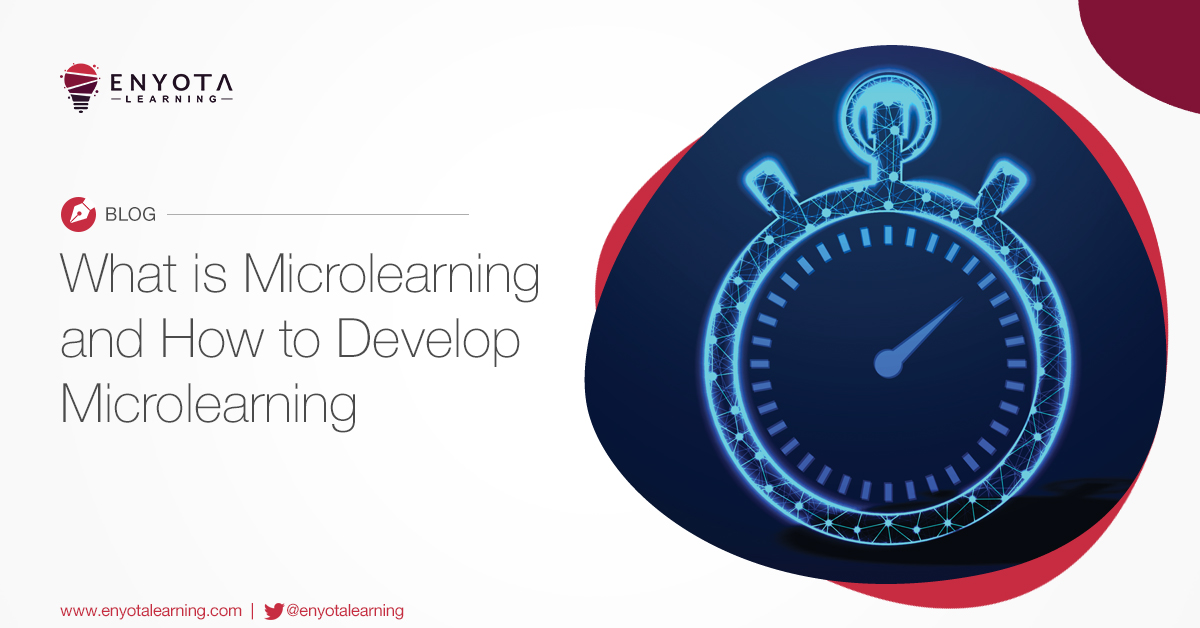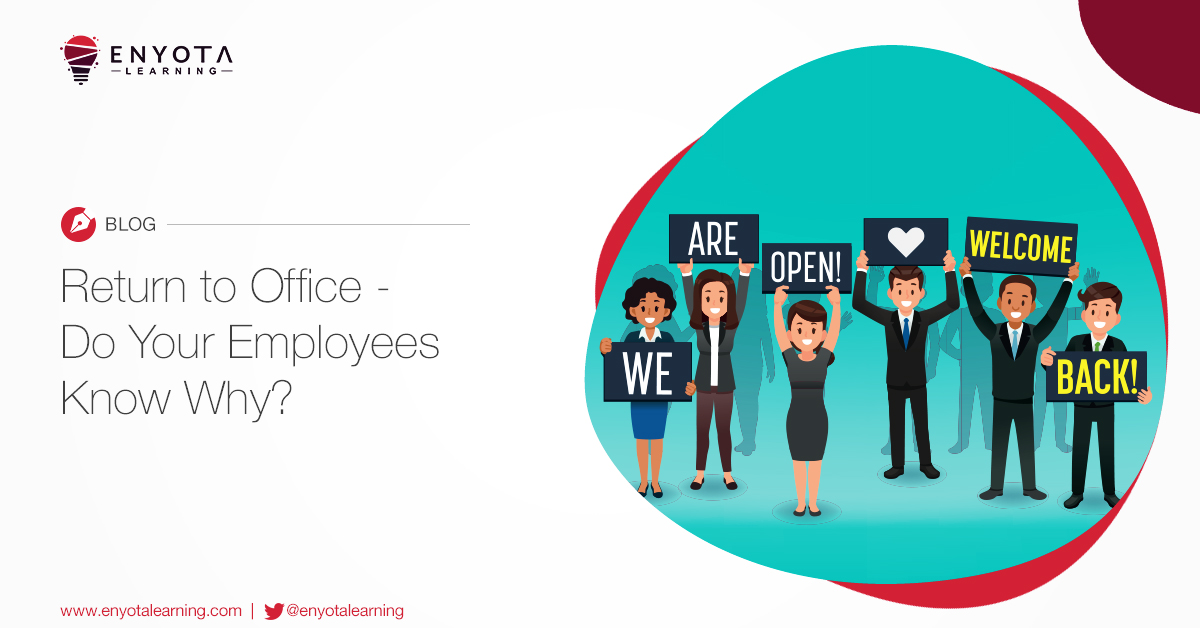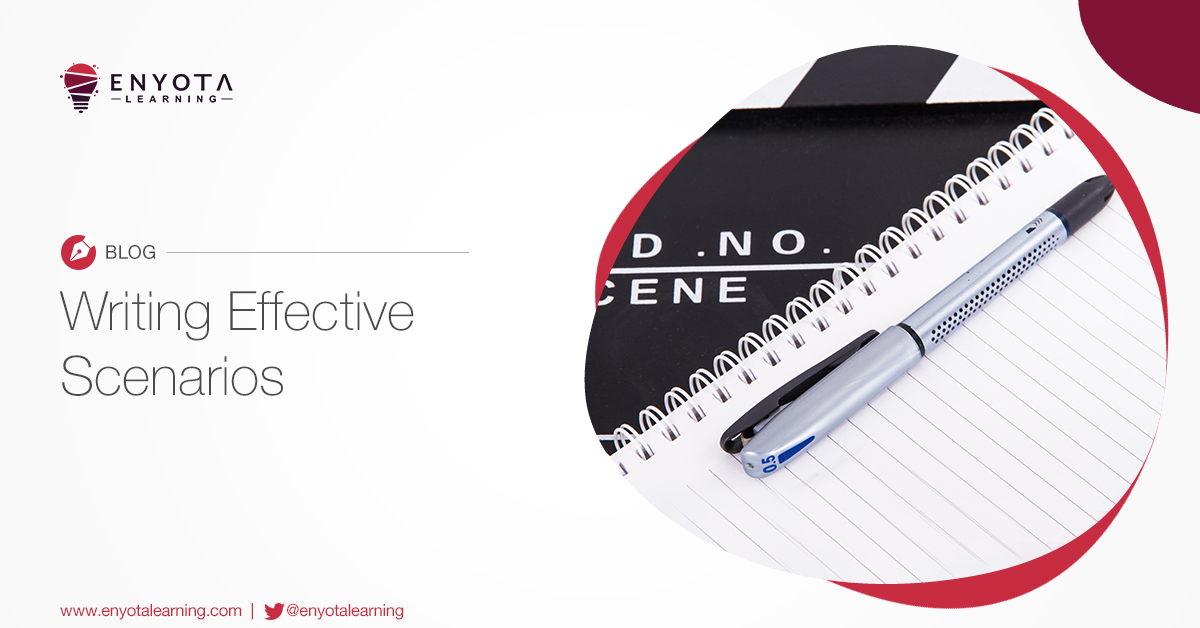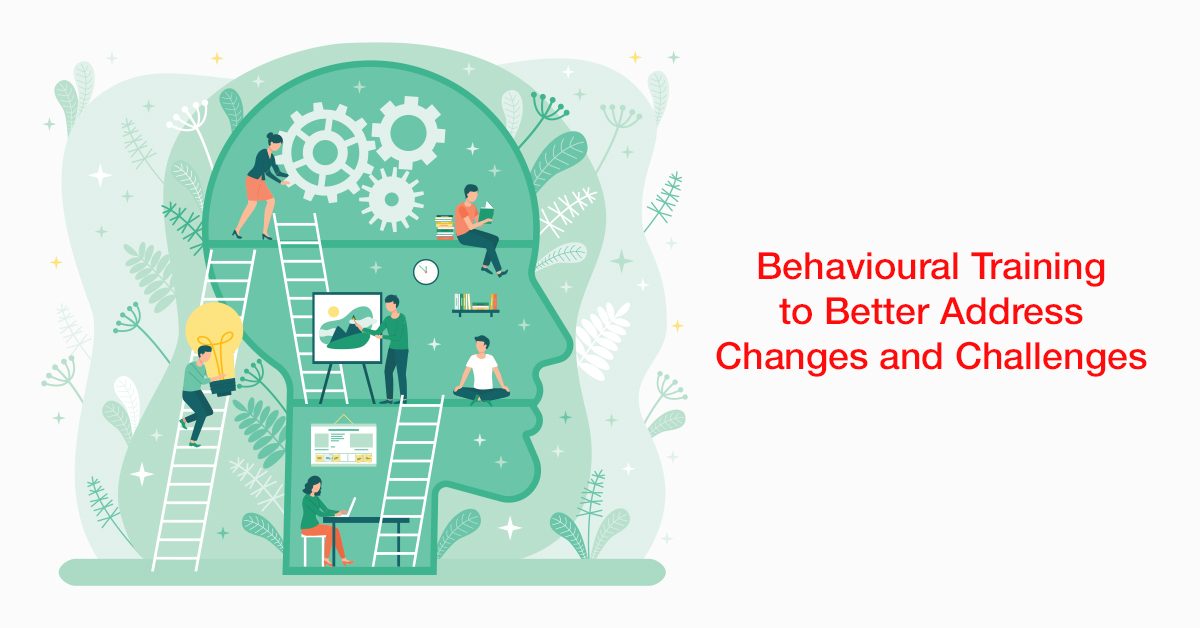
eLearning may appear complex for some, but it really should not be. So, in an effort to further simplify the subject, we have outlined the three important pillars on which the foundation of every eLearning program is laid.
Whether you’re an experienced eLearning professional or are just starting out, keeping a tab on these three fundamentals is very important to get your eLearning initiatives right!
Finally, eLearning in its basic nature is not complicated at all. Knowing the fundamentals of eLearning and applying it alone is enough to create a simple basic eLearning course. It is only by building upon the fundamental blocks
Here are the three fundamentals of eLearning!
Content
Content forms the backbone or fundamental one of every eLearning course. And determining how the content is generated is very important. The four ways in which content can be generated are:
- Readymade
- User-generated
- Custom written
- Current material available
Readymade content is about purchasing training material that is pre-built by training content providers. Consider it to be a catalogue of courses that you can choose from. It is one of the best ways to get started, however, it may not be the best option for all your training needs after all.
Meanwhile, you have two other types of content generation which are highly recommended. User-generated content is generated by your employees, more importantly, by one of your top-performing employees. Or you can calculate the aggregate outcomes of all your employees’ efforts and derive meaningful data which you can use to build courses.
Another option is to put together content generated by a subject matter expert (SME). Basically, reach out to an expert on the subject and put together the content needed to train your employees.
And finally, and probably the easiest way is to collate all the ‘content’ you may have in the form of manuals, documentation, classroom training, policy documents, webinars, etc. Every organization has content in one of these forms. This is a great place to get started with generating your content for eLearning. All you need to do is update it to reflect any recent changes or edits and you’re good to get started!
Design
Design in eLearning is fundamental number two. And, it is not all about aesthetics. In eLearning, the design is about aesthetics plus functionality! That means you need to consider that your eLearning’s design must serve the dual purpose of being visually impactful and as well as meeting the learning objectives that the learners need.
Being visually relevant and impactful is not limited to aesthetics. Don’t rely only on the UI design. Anything added to an eLearning course needs to be relevant to the training and the audience it is meant for. Good design will actually boost your learner’s interest. Like using the correct branding colors and fonts, laying out the text and media as per design principles and best practices, making the instructions intuitive, using the right media and instructional design approach that complements the content and doesn’t distract from it.
By investing time into determining the right design approach to your eLearning, you are ensuring the success of the program. Remember that eLearning serves dual purposes, and you need to give the right amount of focus to this balance.
Delivery
Your content is ready and the design finalized. Your eLearning course is ready but that is honestly only 70% of the game. The remaining 30% is about delivering the training program effectively.
No matter how good your training is with regard to content and design, a poor delivery plan is destined to sink the complete program. It’s like the famous saying, That thought is pretty explanatory. You can create the best course content, but without the right delivery plan, you might not get the results you need.
You need to plan the right combination of delivery methods. And the available choices are:
-
Mobile
-
PC
-
Blended
-
VILT
Now mobile and PC are very self-explanatory. You either deliver the course content on a mobile application so that remote and on-field employees can access or you can deliver it on a desktop which may not be as accessible as the mobile but adds to the richness of the eLearning experience. Obviously, you can make the course available on both platforms at once which is the right way to approach the training function.
However, there are two other methods via which you can deliver eLearning-based training. Blended delivery of eLearning is a combination of eLearning and traditional training. It also helps in delivering assessments to test the knowledge of the learners and provide certifications if needed. Carrying out training electronically also assist with record-keeping.
Then we have VILT, where a trainer conducts a virtual seminar where they speak to learners over a conferencing tool and use eLearning to support their training.
How We Can Assist You?
We have a team of eLearning experts who are well-versed in putting together your eLearning courses. Whether it is assistance to completely design your eLearning course and also provide the best platform to deliver your training, we can assist you with all.
To know more, reach out to us at contact@enyotalearning.com or click on the link to know more.





